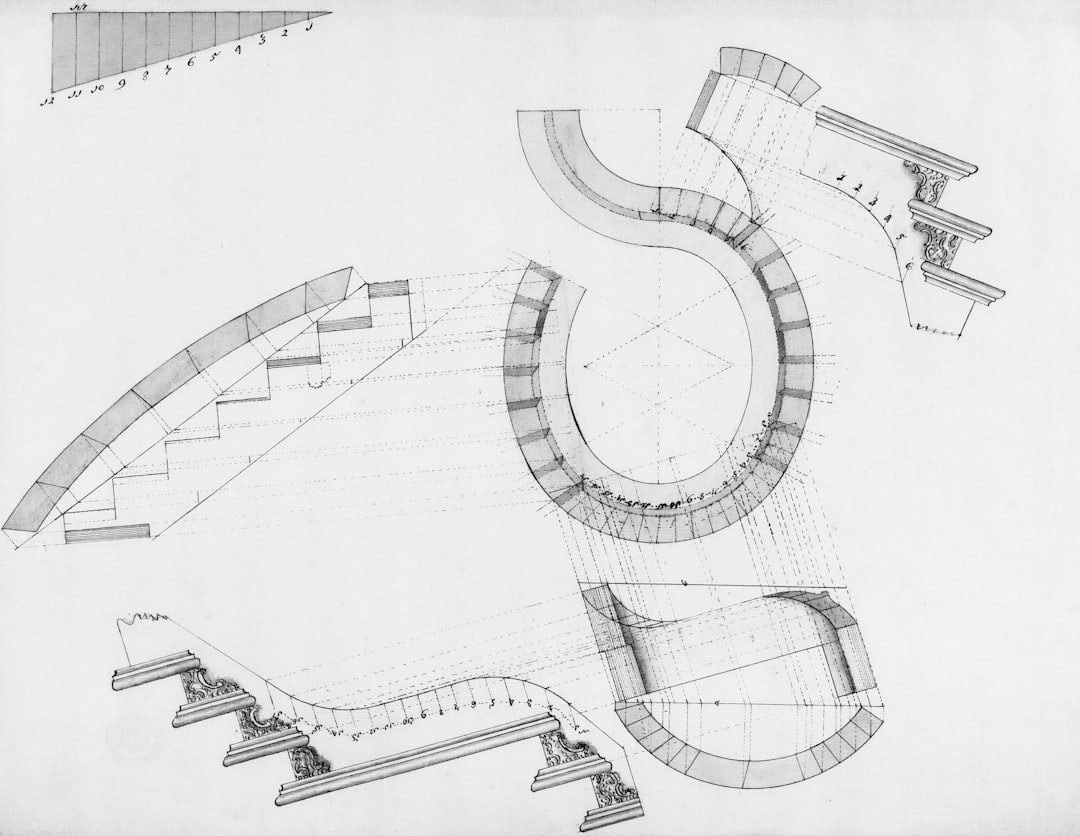In the complex world of applied mathematics, the concept of approximation is incredibly powerful. Whether it’s estimating values in physics, engineering, or computer science, we often need to rely on truncated series rather than complete ones. One of the most elegant tools for ensuring that these approximations are accurate is the Lagrange Error Bound. Though it originates from calculus and mathematical theory, the Lagrange Error Bound has very real, very practical uses in real-life scenarios.
But what exactly is the Lagrange Error Bound? Simply put, it estimates the maximum error that can occur when a Taylor polynomial is used to approximate a function. If you’re working with a function and approximating it with its polynomial up to the nth degree, the Lagrange Error Bound tells you just how far off you might be from the real value. This is not just academic—it can be the difference between success and failure in many high-stakes applications.
1. Engineering: Precision in Numerical Simulations
In modern engineering, simulations play a critical role, especially in mechanical, aerospace, and civil disciplines. Whether it’s simulating stress on a bridge or airflow over a wing, mathematical models are used to approximate complex physical phenomena. These models often rely on polynomial approximations of functions like sine, cosine, or exponential decay.
For example, when modeling harmonic motion in pendulums or springs, sine and cosine functions are used extensively. However, simulating these with limited computational resources requires using Taylor polynomials for sine and cosine. The Lagrange Error Bound is indispensable here—it ensures that the engineer knows how much trust can be placed in the simulation.

Why does it matter? Imagine an aerospace engineer determining the trajectory of a spacecraft. A small miscalculation can result in enormous consequences. Using the Lagrange Error Bound gives engineers the confidence that their polynomial approximation is within an acceptable range, preventing mission failure and potential loss of equipment or life.
2. Computer Graphics and Animation
In computer graphics, especially in animation or rendering, mathematical functions are used to describe curves, lighting behavior, and spread patterns. For performance reasons, functions are often replaced with polynomial approximations. However, keeping visual fidelity is crucial.
Here, the Lagrange Error Bound can be used to determine whether the approximation remains visually accurate. Say you’re animating natural eye movement or simulating light diffraction. The underlying mathematical models—some involving exponential functions and trigonometry—are approximated. By applying the Lagrange Error Bound, developers can ensure that these approximations won’t introduce visible errors that break immersion.

3. Medical Imaging and Diagnostics
The applications of Lagrange’s theory extend into healthcare as well. In medical imaging, devices like MRI and CT scanners process data by reconstructing images using mathematical transforms. These transforms often include calculus-heavy operations where functions are again truncated to polynomials.
Polynomials reduce computational load but don’t always provide a perfect representation. Doctors rely on precision diagnostics. Knowing the Lagrange Error Bound gives technicians confidence that the transformed image is accurate enough for life-impacting medical decisions.
4. Finance and Risk Modeling
In finance, predicting future interest rates or stock prices involves the use of time-series analysis and forecasting models. These forecasts often include Taylor series approximations of exponential growth or decay functions to estimate value changes over time.
The key question becomes: How accurate is the approximation of a compound interest curve over a time period? Lagrange Error Bound helps answer that. Financial analysts can determine whether a simplified model introduces enough error to impact a major investment decision or not.
5. Physics: Speed, Acceleration, and Beyond
In experimental physics, where measurements are often approximated, precise models are crucial. When approximating motion-related functions like velocity or acceleration using Taylor series, the Lagrange Error Bound ensures that the user’s calculations remain within a reliable threshold.
For instance, in calculating the trajectory of an object under gravity with air resistance, approximating a logarithmic or exponential decay becomes necessary. Physicists use the error bound to ensure their experimental models won’t drift too far from theoretical expectations.
Conclusion
The Lagrange Error Bound does more than just live in textbooks. Its value extends to engineering, medicine, animation, finance, and physics. It elevates approximations from rough guesses to reliable tools, by providing a mathematical safety net. When accuracy matters—and it almost always does—the Lagrange Error Bound stands as a silent guardian behind many of the technologies and systems we rely on daily.
